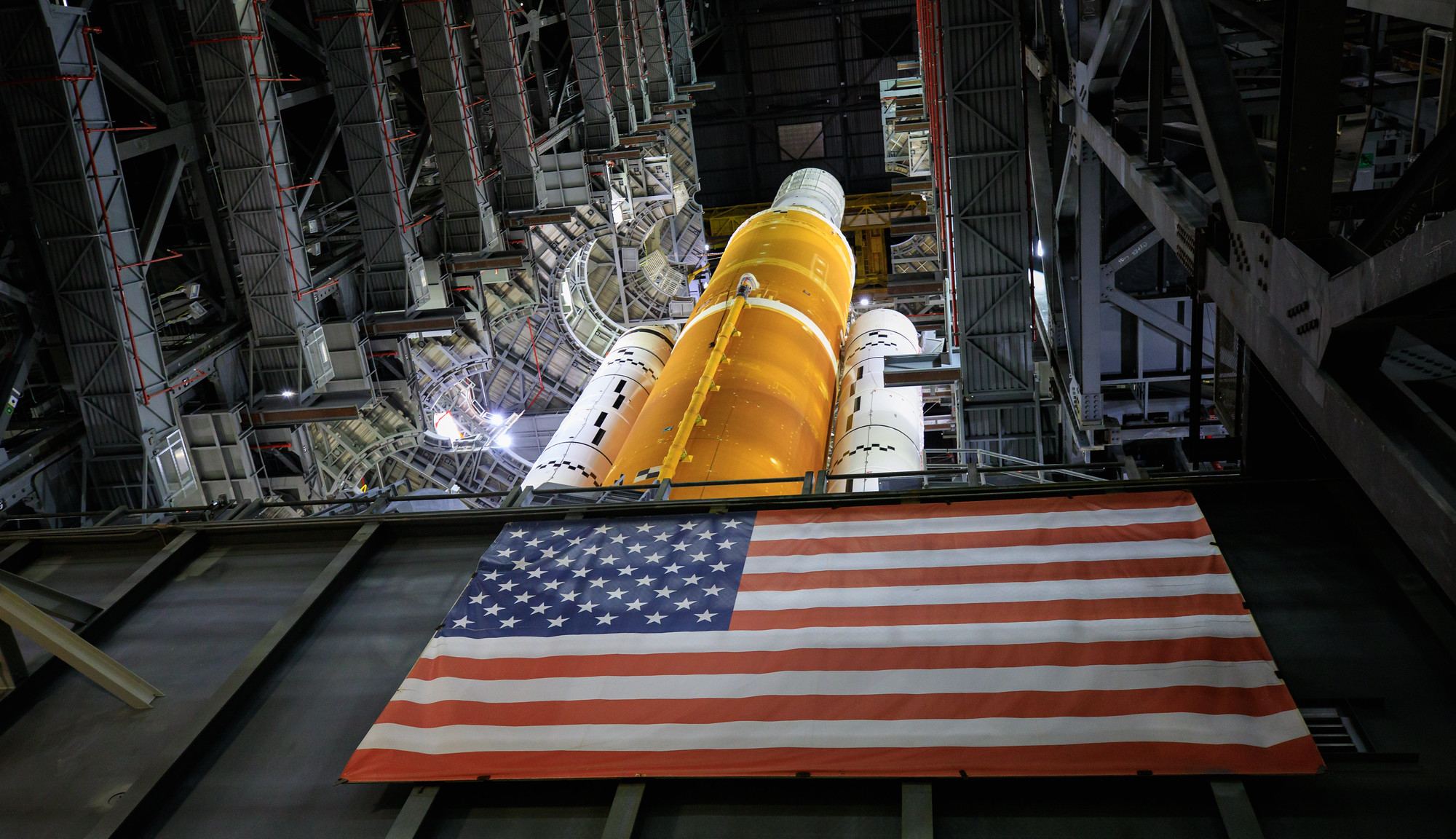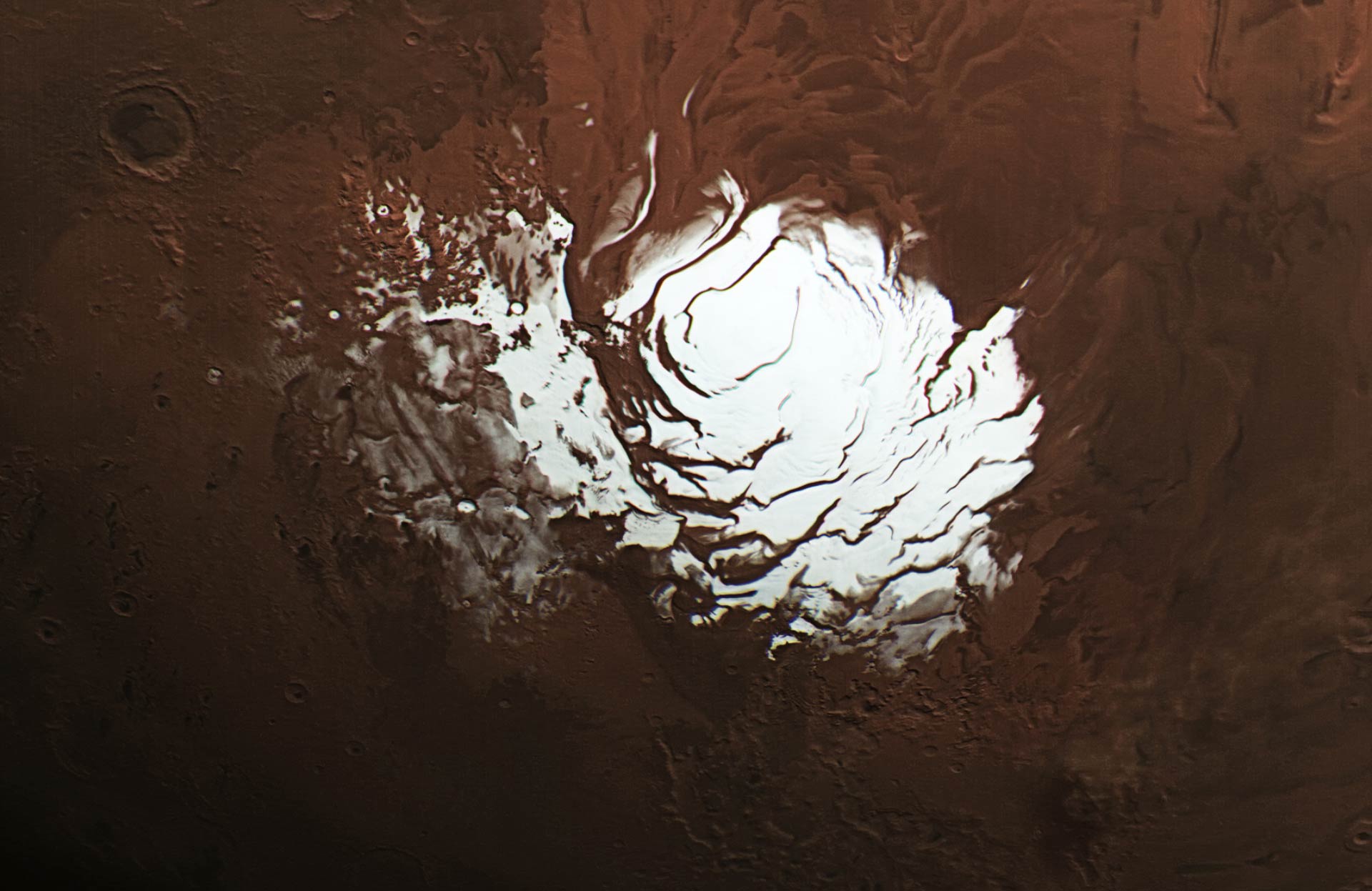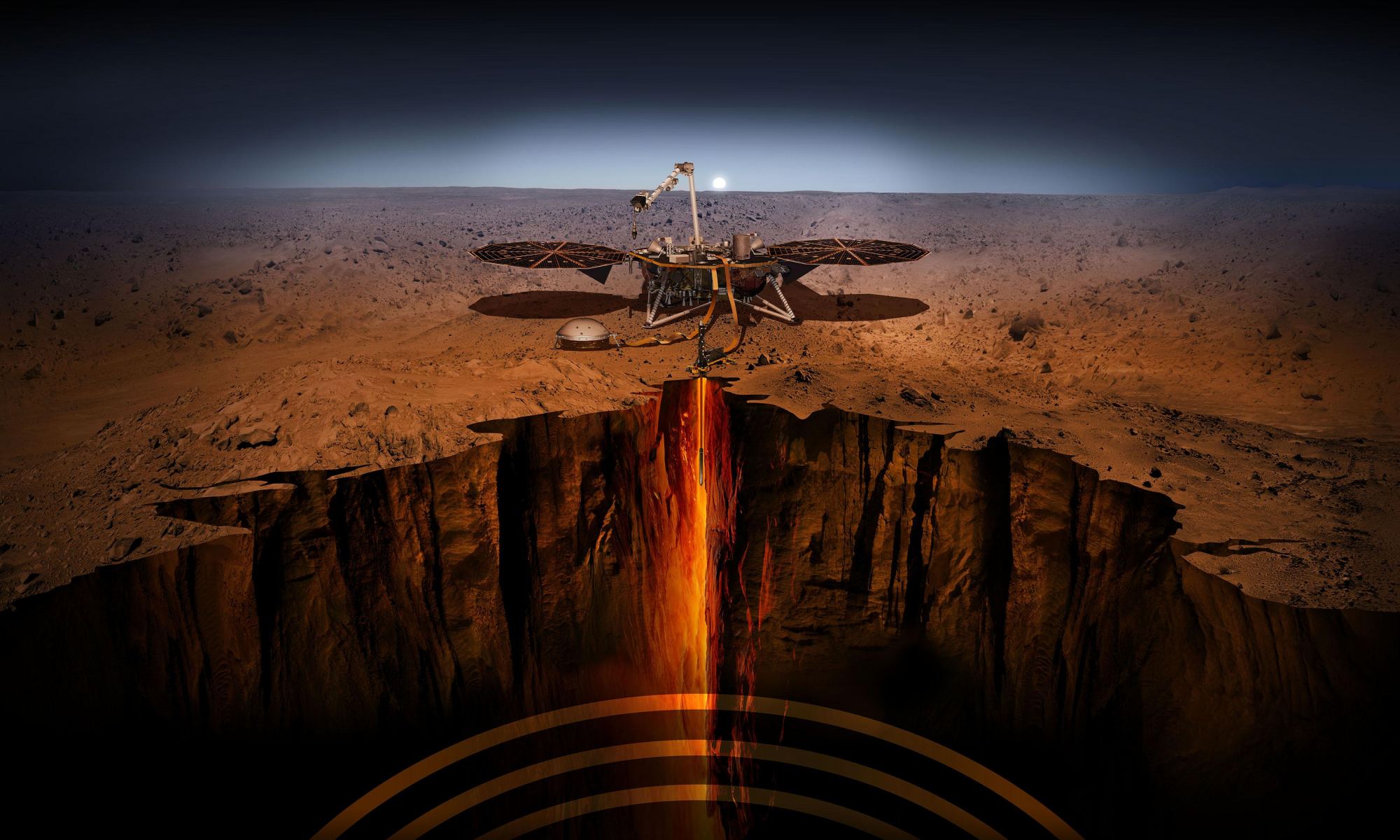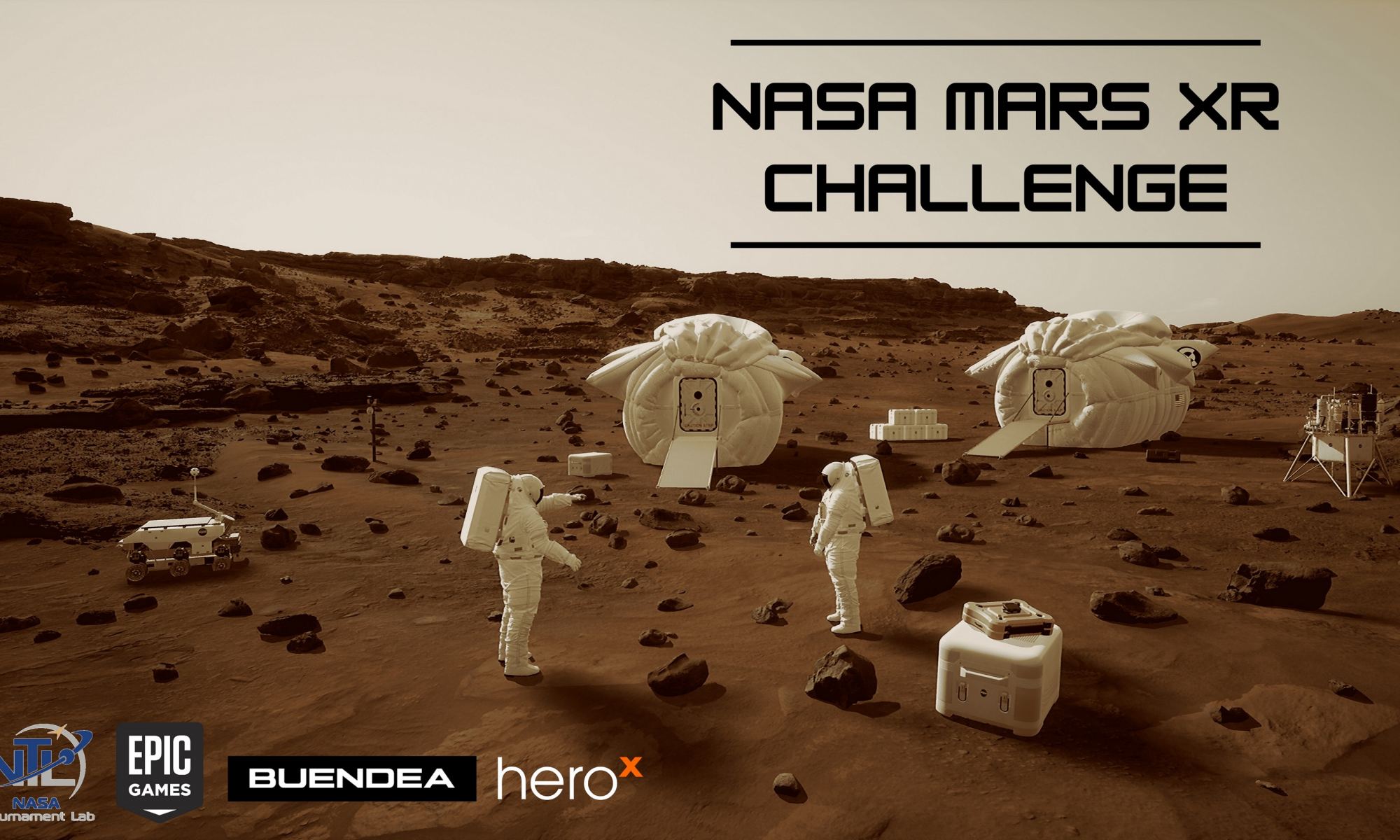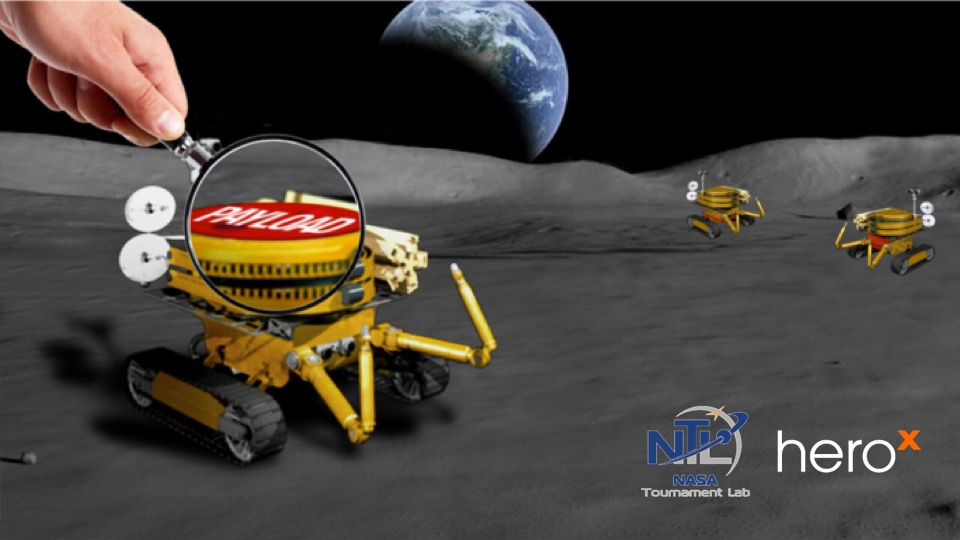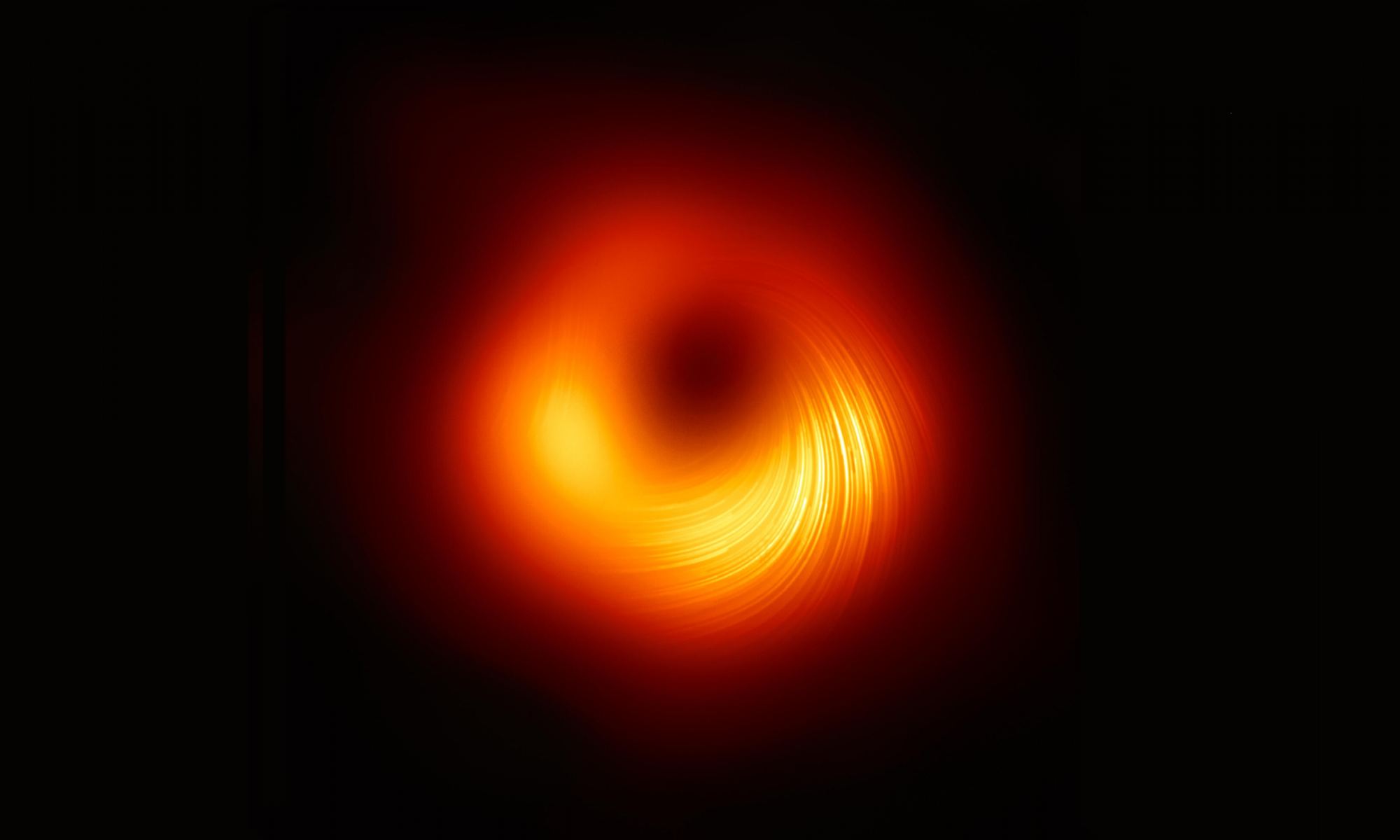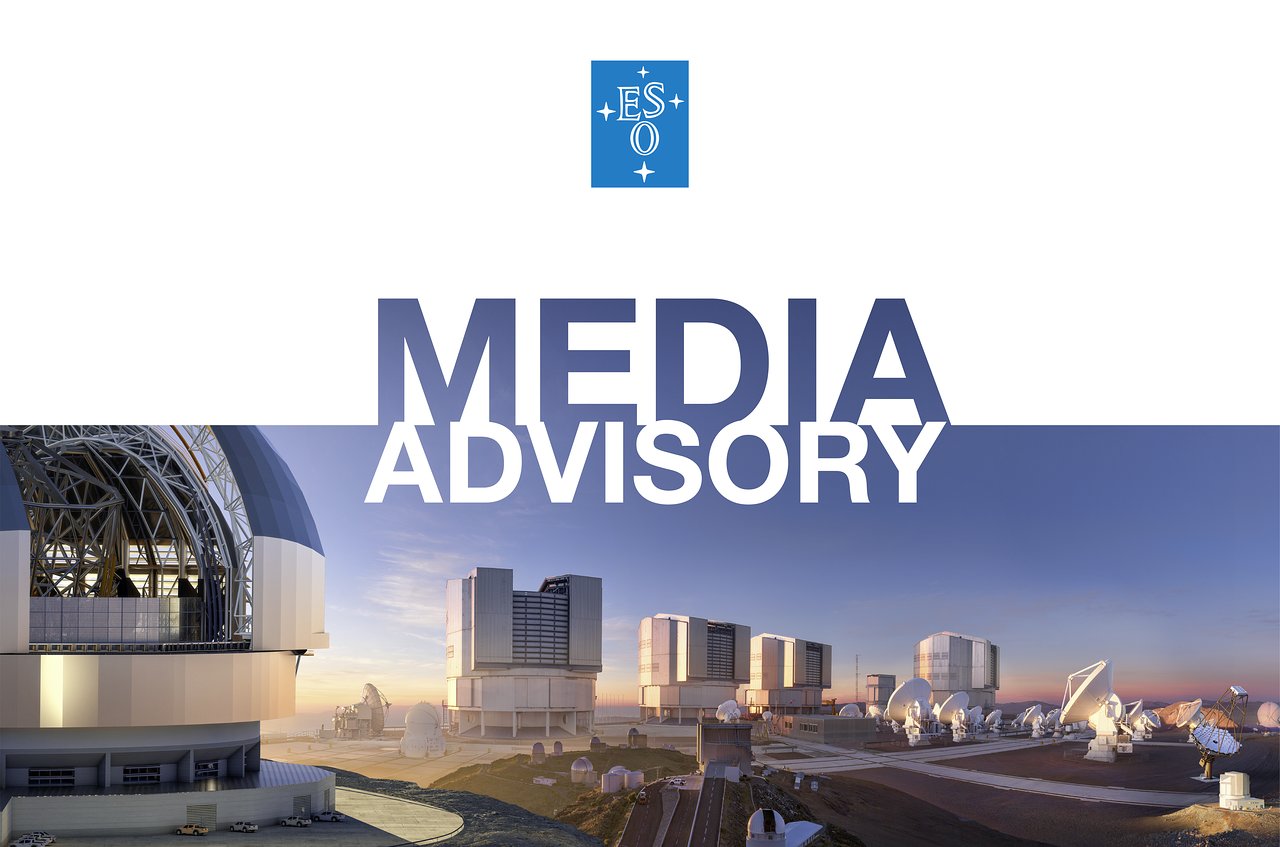On April 10th, 2019, the international consortium known as the Event Horizon Telescope (EHT) announced the first-ever image of a supermassive black hole (SMBH). The image showed the bright disk surrounding the black hole at the center of the M87 galaxy (aka. Virgo A). In 2021, they followed up on this by acquiring an image of the core region of the Centaurus A galaxy and the radio jet emanating from it. Earlier this month, the European Southern Observatory (ESO) announced that the EHT would be sharing the results from its latest campaign – observations of Sagittarius A*!
This supermassive black hole resides at the center of the Milky Way Galaxy, roughly 27,000 light-years from Earth, 44 million km (27.34 million mi) in diameter, and has a mass of 4.31 million Suns. The campaign’s results were shared in an ESO press release and a series of live-streamed press conferences worldwide, including the ESO Headquarters in Munich, Germany. The team’s results (which were shared in six papers) were also published today in a special issue of The Astrophysical Journal Letters.
Continue reading “This is it! Meet the Supermassive Black Hole at the Heart of the Milky Way”

